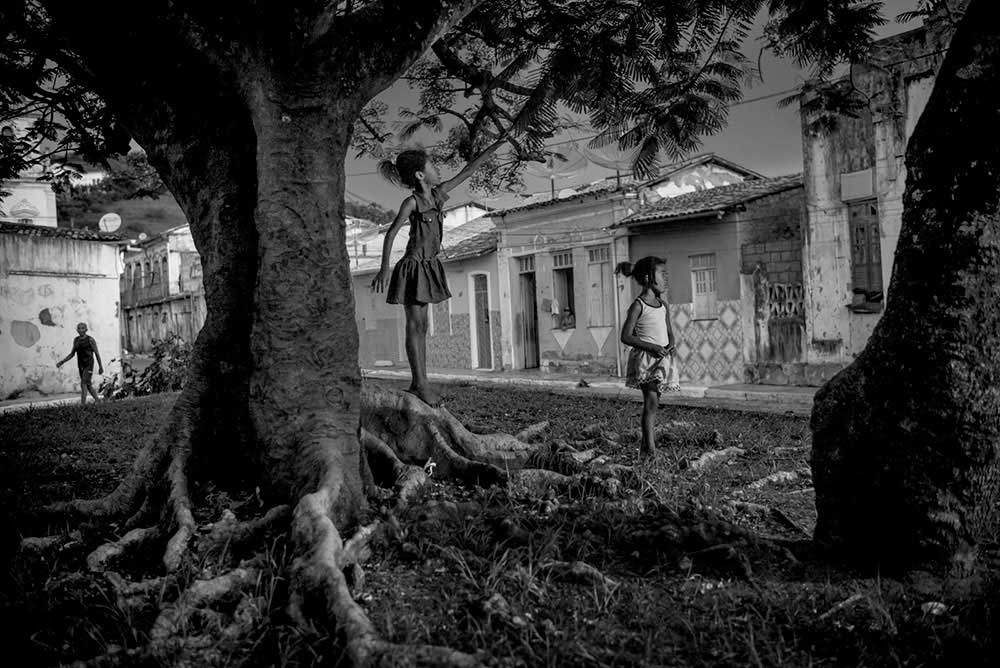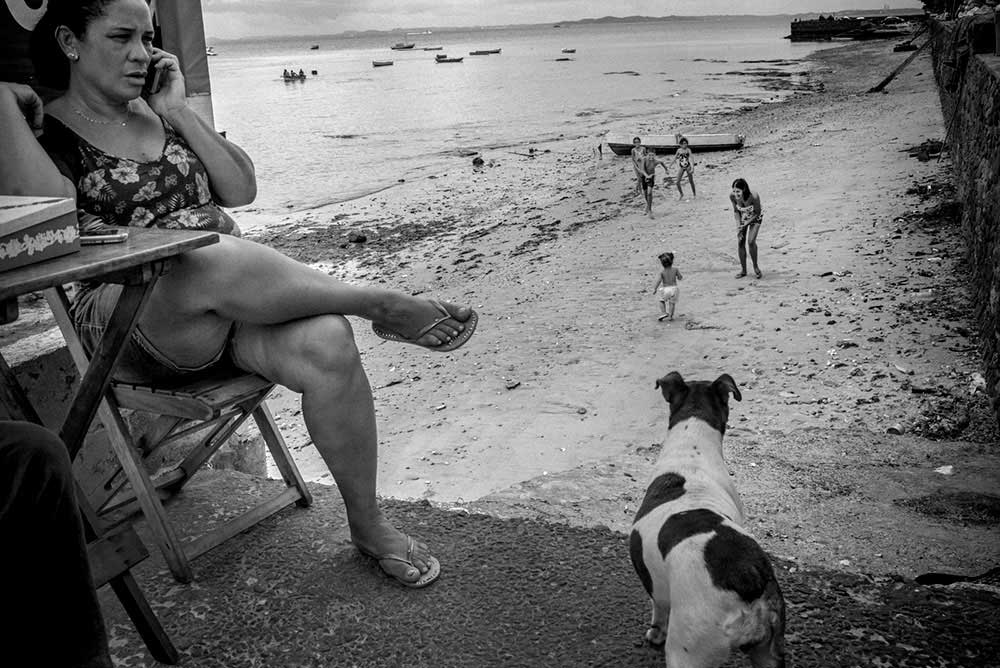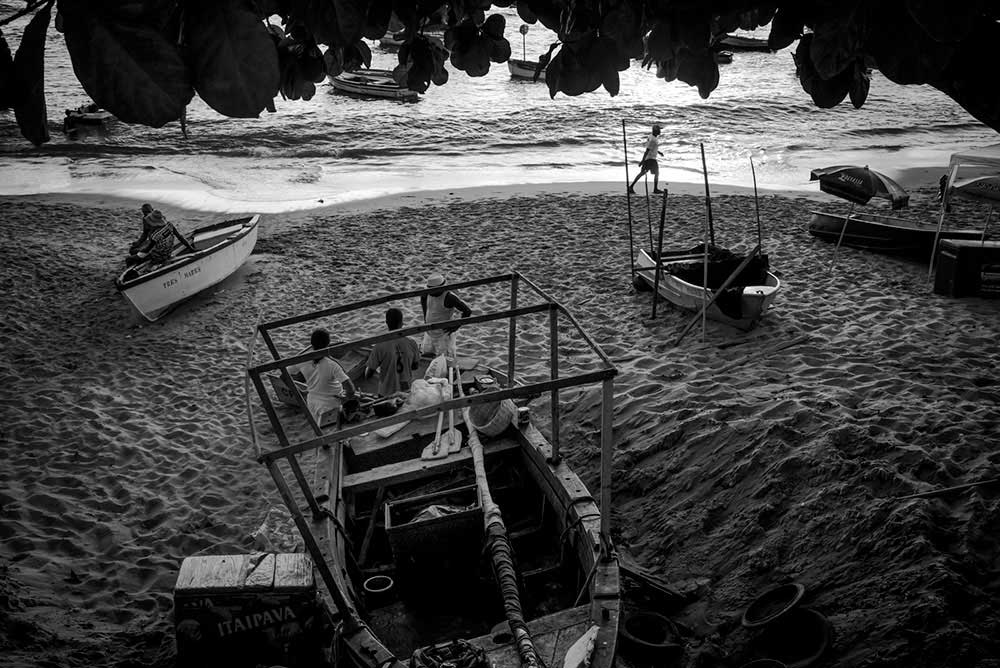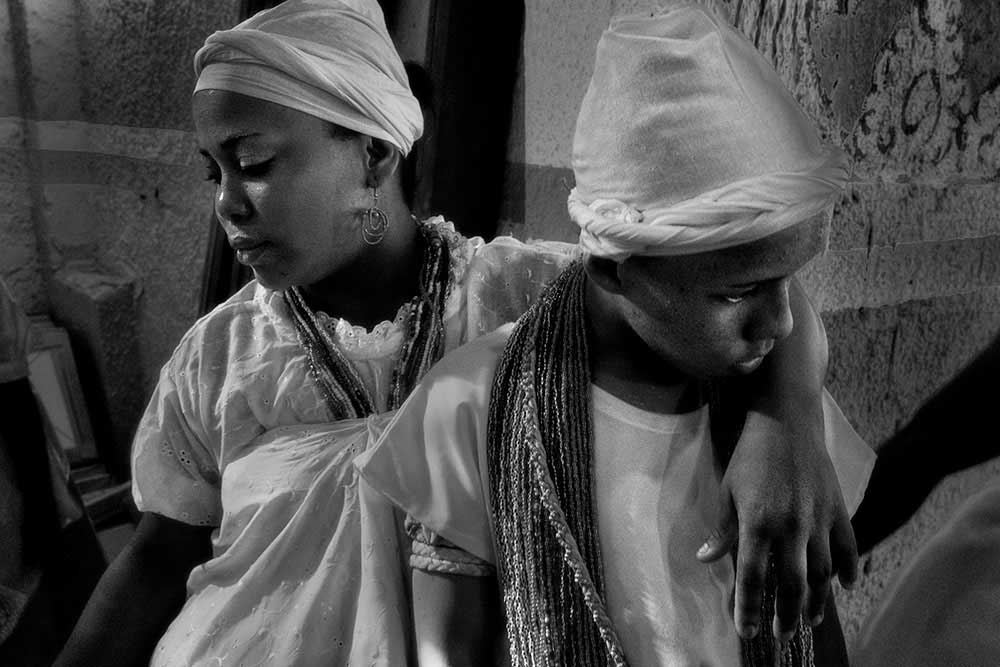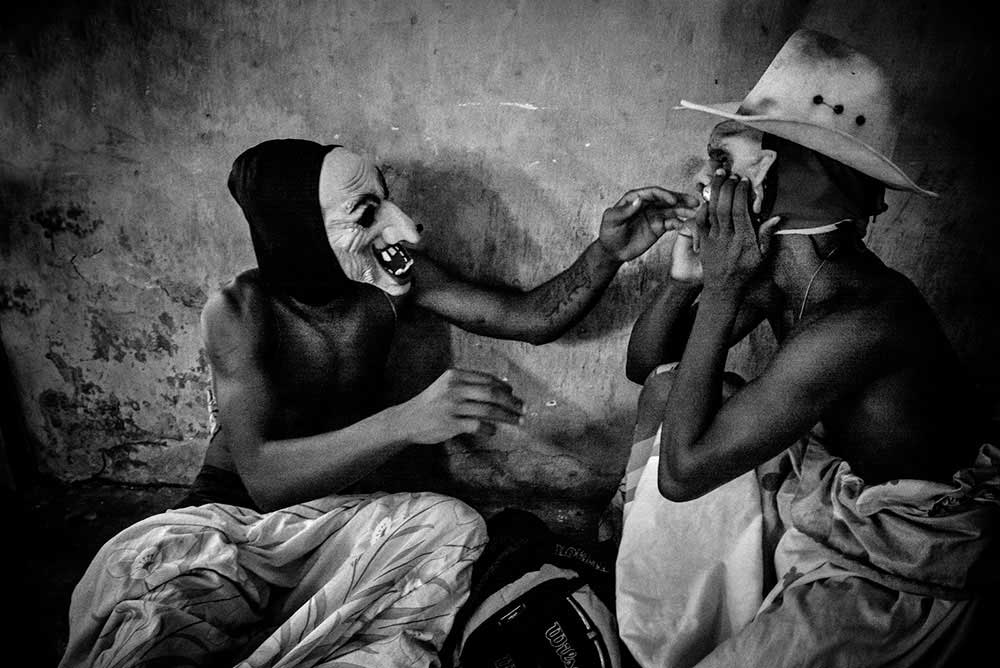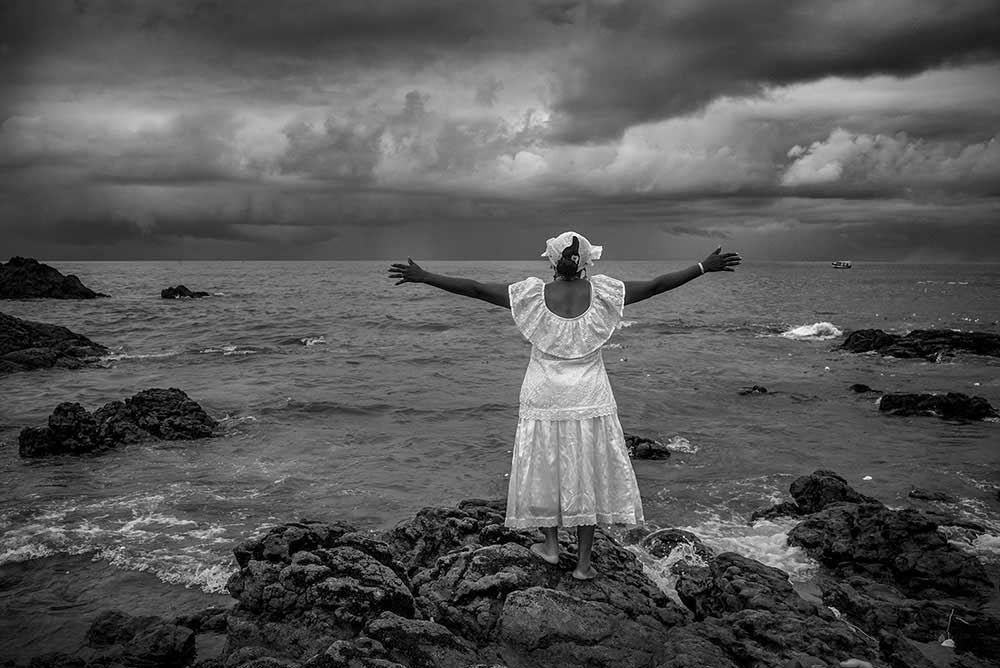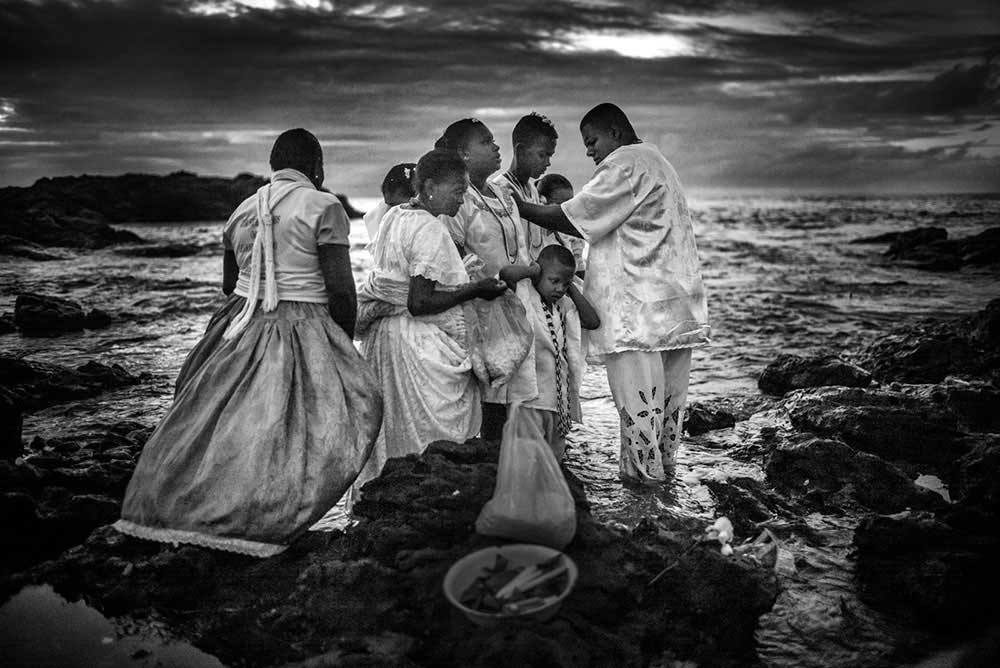I had never been to South America, but after many years of photographing in the United States and Canada, I was looking for something different, something more exotic than what I was used to. I had always been interested in visiting Brazil, but everything I had ever read about the place would be enough to scare anyone away.
Swarms of children attacking tourists on the beach, the extreme poverty, hordes of pickpockets and never-ending stories of street gangs, made me wary. It seemed the kind of place for a far more adventurous (and perhaps younger) person than myself, yet I continued to be fascinated by this wonderful country.
Going to Brazil on my own would not be enough. I knew that all I would do, would be to wander around like a tourist and hang out in common areas where I would feel safe, like the downtown commercial areas or familiar places, such as churches, museums, and plazas. I would never get to experience the local rituals and customs from the inside. I would never visit people’s homes, never go to remote villages—in short, I would never see the real Brazil.
I had known for some time that many photojournalists who worked in strange exotic locals would occasionally engage the services of “fixers”— local guides who knew the language, knew when and who to bribe, and were familiar with the local customs or rules. They were adept at getting their clients “through the front door”. In documentary photography, access is key, and this is one reason why the casual photographer never encounters those unique photographic stories that seasoned professionals seem to deliver so consistently.
As a personal documentary photographer who had always worked alone, I did not know of any local “fixers” or have any way of finding them. So, I did the next best thing. I decided to join a photography workshop. Hopefully by traveling with someone who had knowledge of the area, I would have access to places and situations that I would never encounter on my own. I would be with someone who knew the language and customs, be familiar with the area, and enjoy the company of a few other photographers with similar interests. I might even learn a thing or two.
After a bit of research, I eventually discovered a workshop taking place in Salvador, Bahia during the hottest days of the Brazilian “summer” which was in January. It began with Carnival and the Yemanja ceremonies and then moved inland to some small towns in the interior—remote places off the beaten track, unknown to the casual visitor. It was perfect. It also scared the shit out of me.
Being scared was not unusual for me. In the US, I had frequently photographed Daytona Bike Week, Mardis Gras, and Caille Ocho. These were all crazy mob scenes consisting of hundreds of thousands of drunken participants partying, drinking themselves silly, and generally behaving badly. Over the years, I had, developed a routine for dealing with, and documenting this “madness”.
Fear is all about the unknown. People fear because they do not know what’s coming next and the only way to overcome your fear is to become a bit more curious, and actually find out what is coming next. All I have to do is start. Start breathing, start moving, start exploring, start photographing—just start! So, I made the first move. I enrolled in the workshop, and in January 2016, I boarded a flight from Miami to Salvador.
Eighteen hours later I arrived at the cheap hotel where the workshop group was supposed to meet up the following day. My room, which overlooked the beach, consisted of a bed with a white sheet, a small closet with 3 wire hangers for my clothes, a noisy semi-functioning air conditioner, a small TV with a flickering screen, and a bathroom with a shower that barely dripped hot water. It was perfect!
I walked out onto the balcony. Before me, the overcrowded beach was a crazy mob scene of families eating, talking, and listening to music on their boom boxes. As the children ran around frolicking, the young girls would shake their asses as they slowly navigated through the masses of single guys, who while drinking their beers, whistled back at the girls. This was compounded by an endless swarm of merchants who wandered amongst the mob hawking their wares of trinkets, beer, fruit, and snacks.
It was time to start. After a quick shower, I grabbed my camera, walked out the door, and began to familiarize myself with the local scene. I basically just hung out —getting used to the place. After a while I sat down at table and ordered a beer. After finishing my beer, I was ready. I then walked out into the mob and started taking photographs. I knew I was going to love it here.
Over the next 2 weeks I would visit the local markets and the slums of Salvador. I would photograph in abandoned factories where homeless people lived, experience the madness of Carnival, and the spectacular wonder of Yemanja—the annual ritual where in the early morning light, thousands of worshipers would show up on the beach, to offer gifts to Neptune, Goddess of the Sea. I would travel inland, stay in small towns, and visit remote fishing villages in the jungle, founded hundreds of years ago by escaped slaves. I would experience and photograph their ancient rituals, visit their homes, and share their food. I never felt safer in my life.
David Saxe
I was born in Montreal, Québec, Canada in 1943 and studied fine art at l’ecole des Beaux Arts in Montreal. I became interested in becoming being a photographer after viewing the work of Robert Frank, Andre Kertez and Henri Cartier Bresson. For 4 years, I studied with the Canadian photographer John Max and participated in a number of group shows and solo exhibits in Canada before moving to the United States in 1992 I now reside in Santa Fe, NM. I am represented by Robin Rice Gallery in New York. I have always believed that my photographs say as much about me as what I am feeling or viewing. Throughout my life, I have always enjoyed the simple act of looking at things—watching people going about their business, working, dreaming, loving, alone in their thoughts, and immune from the outside world. I am attracted to that special moment when they are in harmony with their surroundings, pure, naked, unaware and honest. I prefer the viewer to, see these photos without captions so they may be free to insert their own personal interpretation or story into each photograph



